Why do some big cats reign in the wild for decades while others peak much earlier? The lifespan of big cats, majestic creatures that have long fascinated humanity, varies widely across species. From the vibrant jungles where tigers stealthily tread to the sun-drenched savannas where lions roar, several factors shape how long these magnificent animals live. This article delves into the reasons behind these differences, examining everything from genetics to habitat, diet, and lifestyle. Join us on this enlightening journey into the world of big cats and discover what influences their longevity.
Genetic Makeup and Evolutionary Advantages
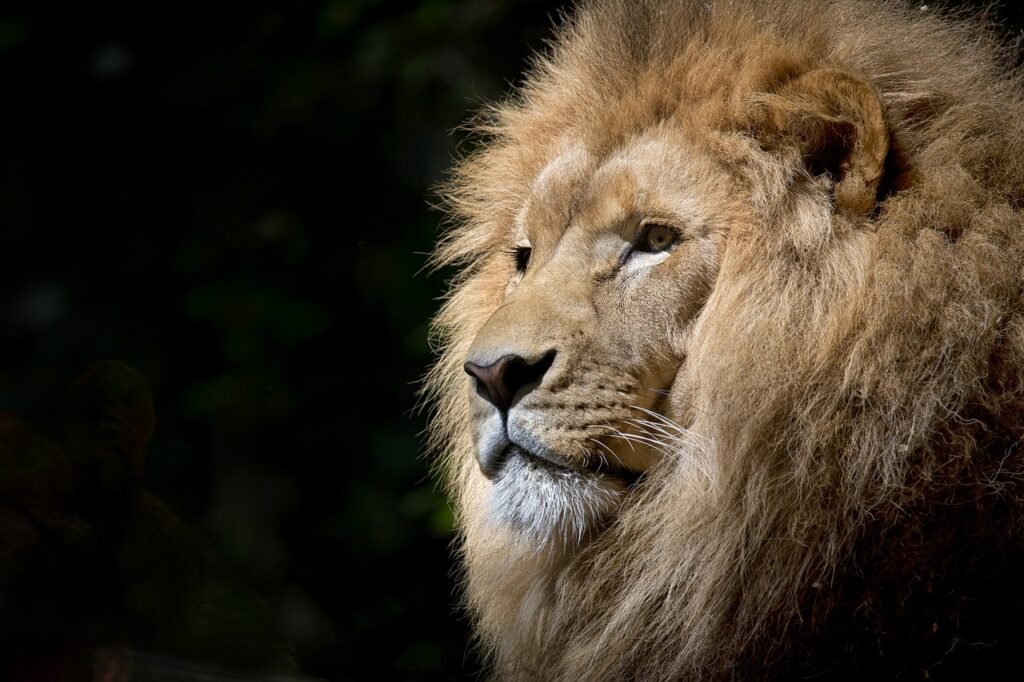
Each species of big cat comes with its unique set of genetic traits. These genetic differences can bestow certain evolutionary advantages or disadvantages, impacting their lifespans. For example, some cats have evolved to survive and thrive in specific environments, developing unique adaptations that enhance their survival prospects, such as disease resistance or efficient energy metabolism.
Habitat and Environmental Influence
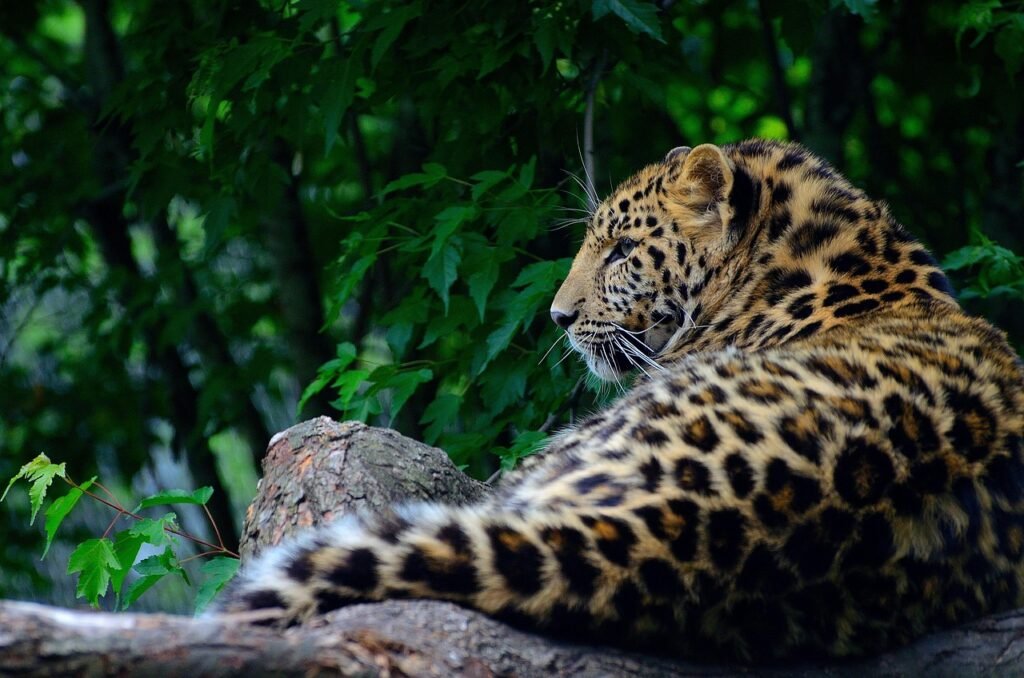
The habitat in which a big cat lives significantly impacts its lifespan. Those residing in protected national parks or reserves often have better access to food and secure territories, which correlates with longer lifespans. Conversely, big cats living in the wild, where human encroachment and habitat destruction occur, face numerous challenges that can shorten their years.
Predation and Survival Strategies
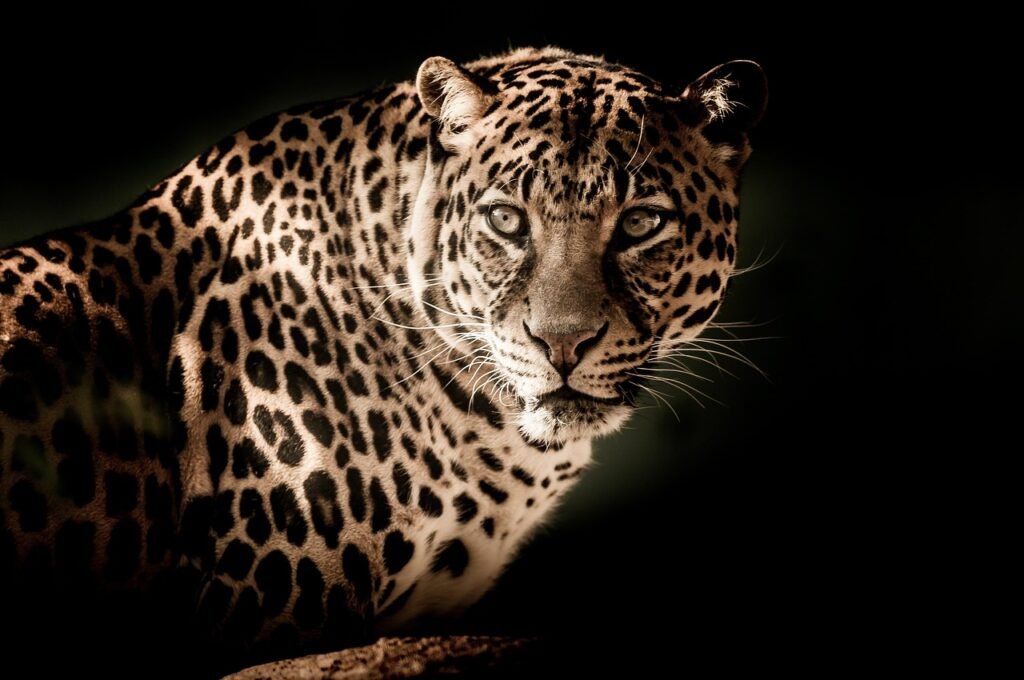
Big cats at the apex of the food chain face minimal predation risks compared to those that are not. For instance, lions and tigers, which are at the top of their food chain, are less likely to fall prey to other animals, leading to a potential increase in their lifespans. Meanwhile, cubs and younger cats are more vulnerable to predation, impacting population dynamics and species longevity.
Diet and Nutritional Needs
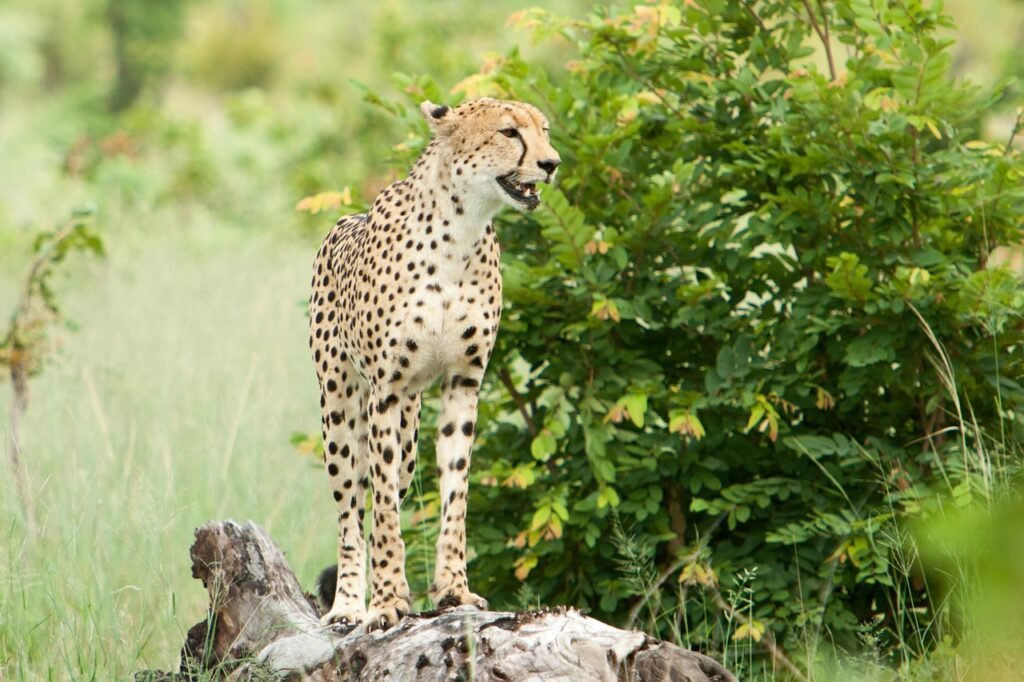
A well-balanced diet rich in nutrition is pivotal for the health and longevity of big cats. Meat from prey offers these creatures the necessary protein to maintain their muscular physiques. However, when access to prey is limited, dietary deficiencies can shorten a cat’s life. Tigers, often solitary hunters, may have an advantage in ensuring consistent diet quality compared to social hunters like lions, who share their prey.
Social Structure and Behavior
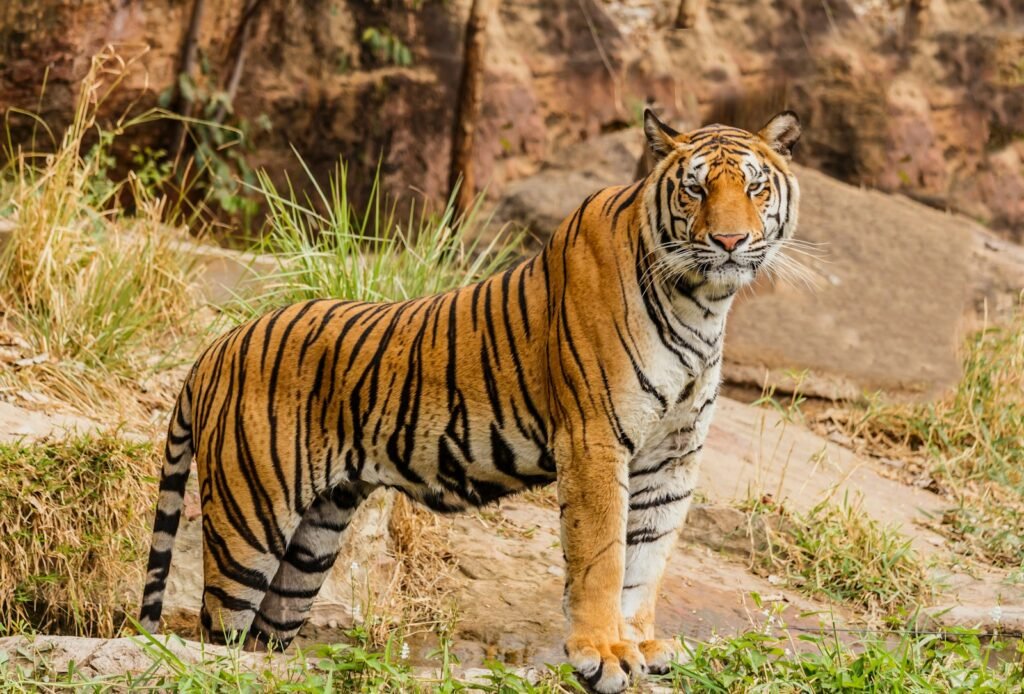
Social species like lions, who live in prides, benefit from group dynamics that can enhance survival rates. Prides share responsibilities such as hunting and protecting young, which can reduce individual stress levels and energy expenditure. In contrast, solitary big cats like leopards face more significant challenges hunting and protecting themselves, impacting their longevity.
Parasites and Diseases
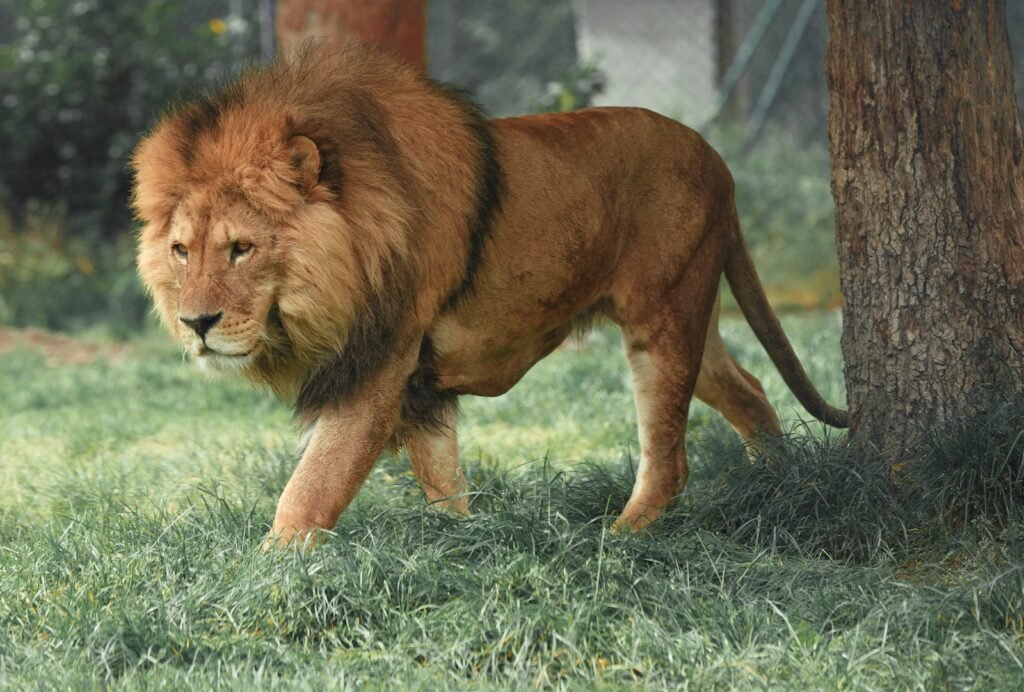
Diseases and parasitic infections can drastically reduce lifespan in the wild. Some big cats have developed resistance to certain diseases, increasing their chances of leading longer lives. For example, lions have shown resilience against specific pathogens that might devastate other species. Healthier individuals are more likely to survive and reproduce, reinforcing these resilient traits in future generations.
Human Impact and Conservation Efforts
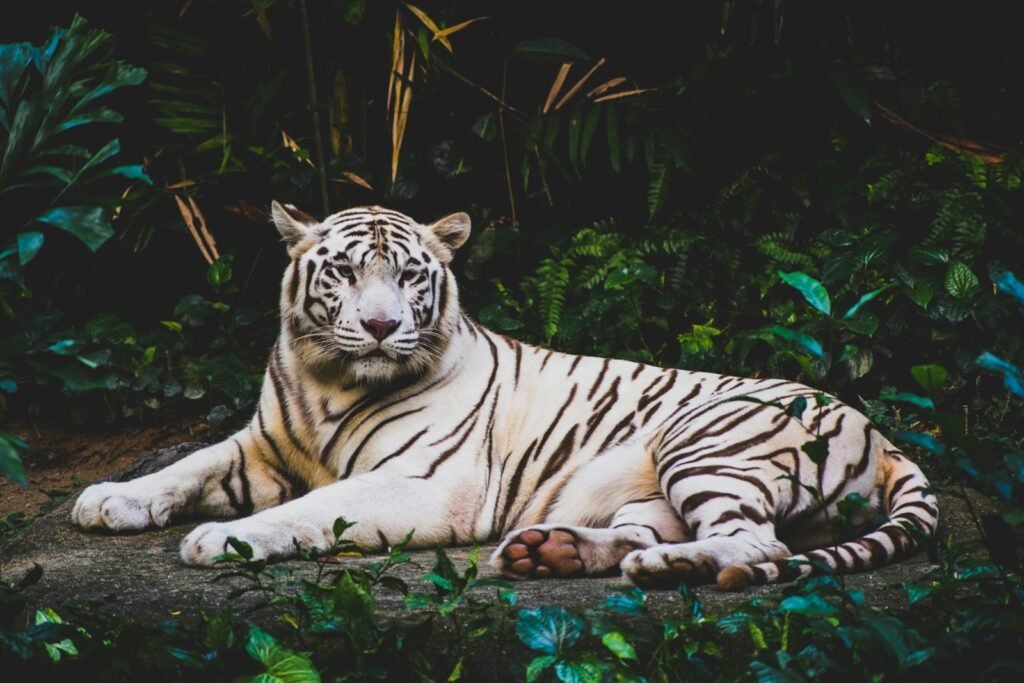
The intervention of humans, both positive and negative, plays a critical role in the lifespan of big cats. While habitat destruction and poaching pose severe threats, conservation efforts have immensely benefited many populations. Sanctuaries and protected areas offer safe havens, contributing to longer lifespans by providing stable environments and reducing human-induced harm.
Reproduction Rates and Offspring Survival
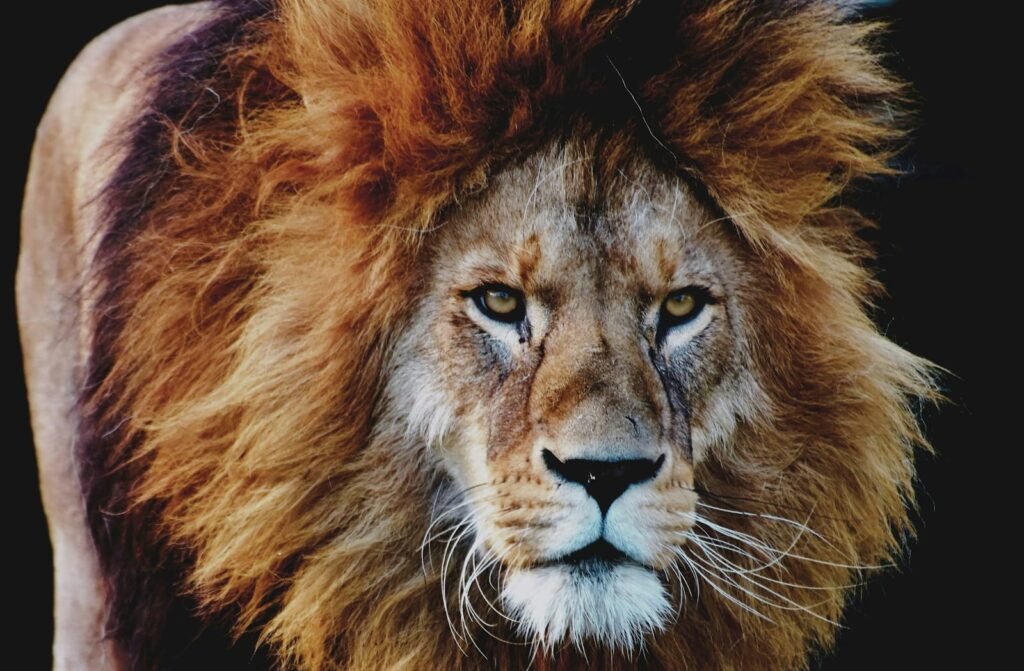
The reproductive strategies of big cats also affect their lifespans. Species with higher birth rates or more frequent litters, like leopards, may see shorter lifespans due to the increased energy and risk associated with raising numerous offspring. Cats that can successfully rear their young to adulthood generally contribute to a longer-lived lineage.
Lifestyle: Active or Sedentary
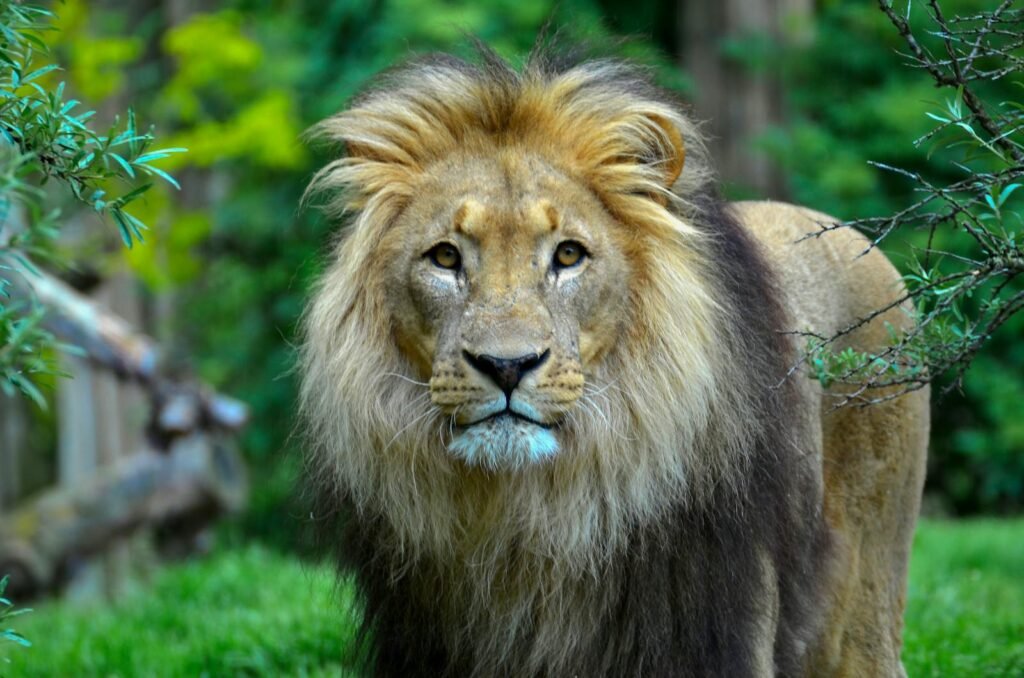
The level of physical activity in big cats can influence their health and longevity. Active hunting and territorial behaviors foster robust physical conditions, essential for survival in the wild. However, excessive energy expenditure without adequate food resources can also lead to shorter lifespans, highlighting a need for balance.
Adaptations to Climate
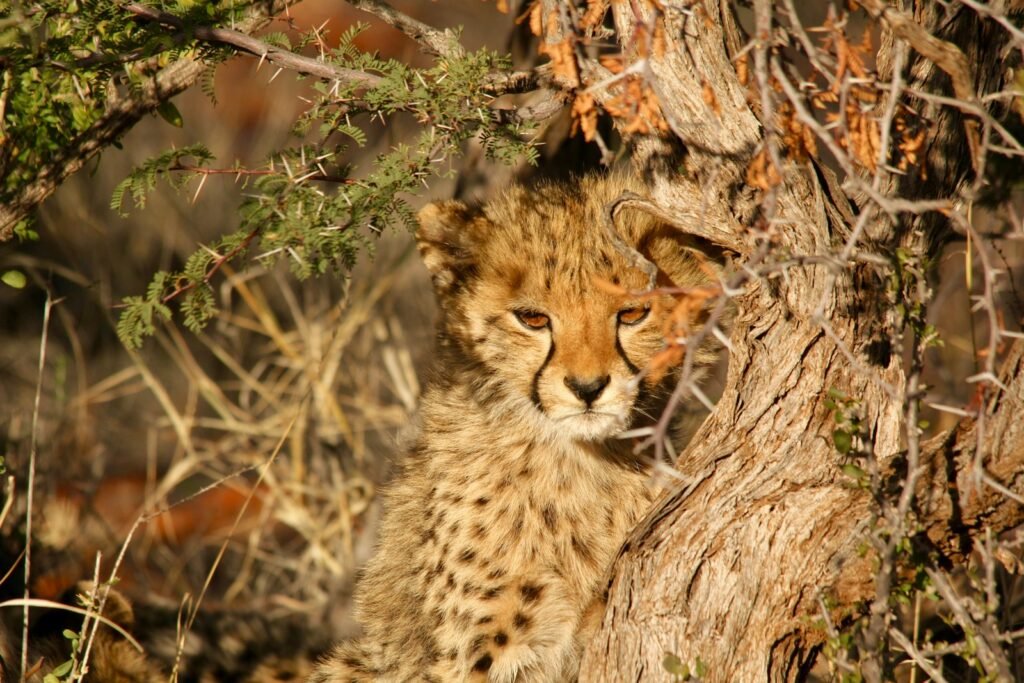
The ability of a big cat species to adapt to its climate can impact its survival and lifespan. Cats like the snow leopard, which have evolved to live in colder habitats, demonstrate particular adaptations such as thicker fur and greater fat reserves. These adaptations not only help them survive harsh climates but also mitigate environmental stresses that can affect longevity.
Conclusion
The lifespan of big cats is as complex and varied as the environments they inhabit. From genetics to diet, social structures to human impacts, numerous factors intertwine to shape how long these magnificent creatures roam our planet. Understanding these elements not only enriches our knowledge of these majestic animals but also highlights the importance of conservation efforts in extending their presence in the wild. Supporting habitats and ensuring a future for these stunning predators is vital for maintaining the ecosystems they so profoundly influence.
Hi, I’m Bola, a passionate writer and creative strategist with a knack for crafting compelling content that educates, inspires, and connects. Over the years, I’ve honed my skills across various writing fields, including content creation, copywriting, online course development, and video scriptwriting.
When I’m not at my desk, you’ll find me exploring new ideas, reading books, or brainstorming creative ways to solve challenges. I believe that words have the power to transform, and I’m here to help you leverage that power for success.
Thanks for stopping by, Keep coming to this website to checkout new articles form me. You’d always love it!






